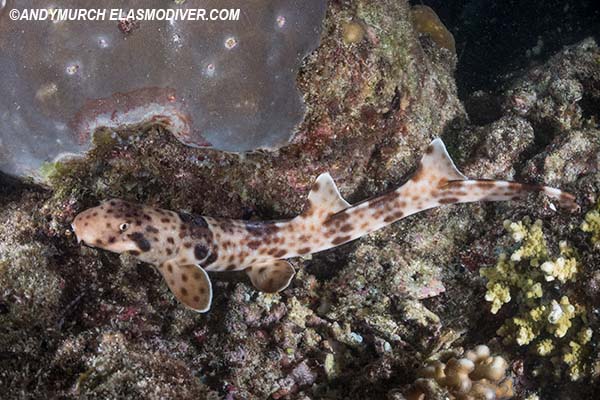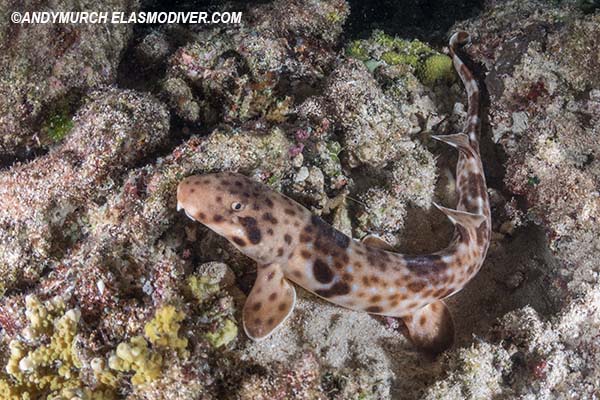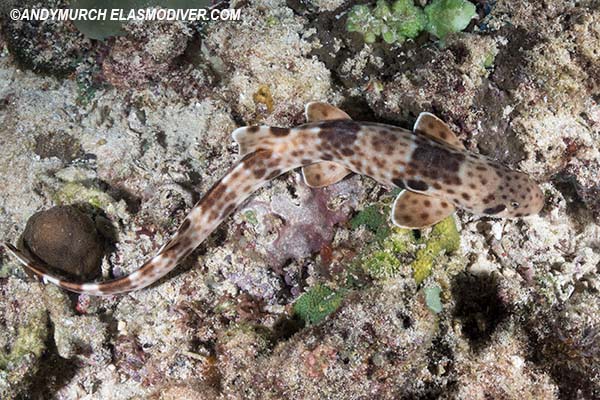|
|
|
SHARK INFO |
|
SHARK |
|
SHARK EVOLUTION |
|
|
|
SHARK DIVING |
|
SHARK DIVING 101 |
|
|
|
CONSERVATION |
|
|
|
PHOTOGRAPHY |
|
SHARK PHOTO TIPS |
|
|
|
RESOURCES |
|
|
|
WEB STUFF |
|
WHAT IS ELASMODIVER? Not just a huge collection of Shark Pictures: Elasmodiver.com contains images of sharks, skates, rays, and a few chimaera's from around the world. Elasmodiver began as a simple web based shark field guide to help divers find the best places to encounter the different species of sharks and rays that live in shallow water but it has slowly evolved into a much larger project containing information on all aspects of shark diving and shark photography. There are now more than 10,000 shark pictures and sections on shark evolution, biology, and conservation. There is a large library of reviewed shark books, a constantly updated shark taxonomy page, a monster list of shark links, and deeper in the site there are numerous articles and stories about shark encounters. Elasmodiver is now so difficult to check for updates, that new information and pictures are listed on an Elasmodiver Updates Page that can be accessed here:
|
|
_ |
INDONESIAN SPECKLED CARPETSHARK |
||
 View all available Raja Ampat Epaulette Shark Images in the Shark Picture Database Common Names: Indonesian speckled carpetshark, Raja Ampat walking shark, Freycinets Epaulette shark. Binomial: Hemiscyllium freycineti Family: Hemiscylliidae Identification: Long, cylindrical, eel-like body. Well developed pectoral and pelvic fins on fore-body. Two equally sized dorsal fins on rear-body. Tail long and straight with upper and lower caudal lobes on underside. Sub-terminal notch present. Coloration:
Body light reddish-tan speckled with small, mostly oval, dark spots. In mature
adults, groupings of spots form leopard-like markings. Darker patches along
upper back with concentrations of dark spots form 8 or 9 irregular saddles along
body and tail.
Size: Maximum confirmed length at least 66cm. Previously reported length of 72cm may be accurate or may represent the max size of H. michaeli. Habitat: Shallow coral reefs. From 0 to 12m. Distribution: Previously thought to be wide ranging throughout New Guinea until the species was divided. Now considered endemic to the Raja Ampat region of West Papua in Indonesia. Behavior: Hides by day under corals venturing out at sunset to feed. Swims or walks along on its flexible pectoral and pelvic fins. Wriggles through gaps in coral in search of prey or to seek protection.
Reproduction: Oviparous. Conservation Status: Listed as NEAR THREATENED by the IUCN: Threats currently affecting the Indonesian Speckled Carpet Shark are unclear. Given that it is a very attractive and hardy species it may be sought for the aquarium trade. This species is very susceptible to habitat destruction via dynamite fishing practices. However, there is a lack of information on the extent of habitat degradation within its range (not only from destructive fishing methods, but also from pollution; heavy pollutant loads from mining activities are an issue within the region). The impacts of fishing activities on this species are also unknown, but fishing pressure in shallow inshore environments (including shallow reefs where this species occurs) can be significant in eastern Indonesia. Illegal fishing activities also pose a threat within the habitat of this species, and illegal fishing (which includes trawling) is an on-going issue within Indonesian waters. Photographs: Gam Island, Raja Ampat, Indonesia. Similar species:
Diving logistics: Most dive resorts in Raja Ampat know of shallow, inshore reefs where Indonesian speckled epaulette sharks can be easily be found at night.
References
and further
reading:
|
||
|
HOME LINKS TAXONOMY UNDER THREAT BOOKS CONTACT
|
||























